 What Are The Common Causes of A Blocked Toilet
What Are The Common Causes of A Blocked Toilet
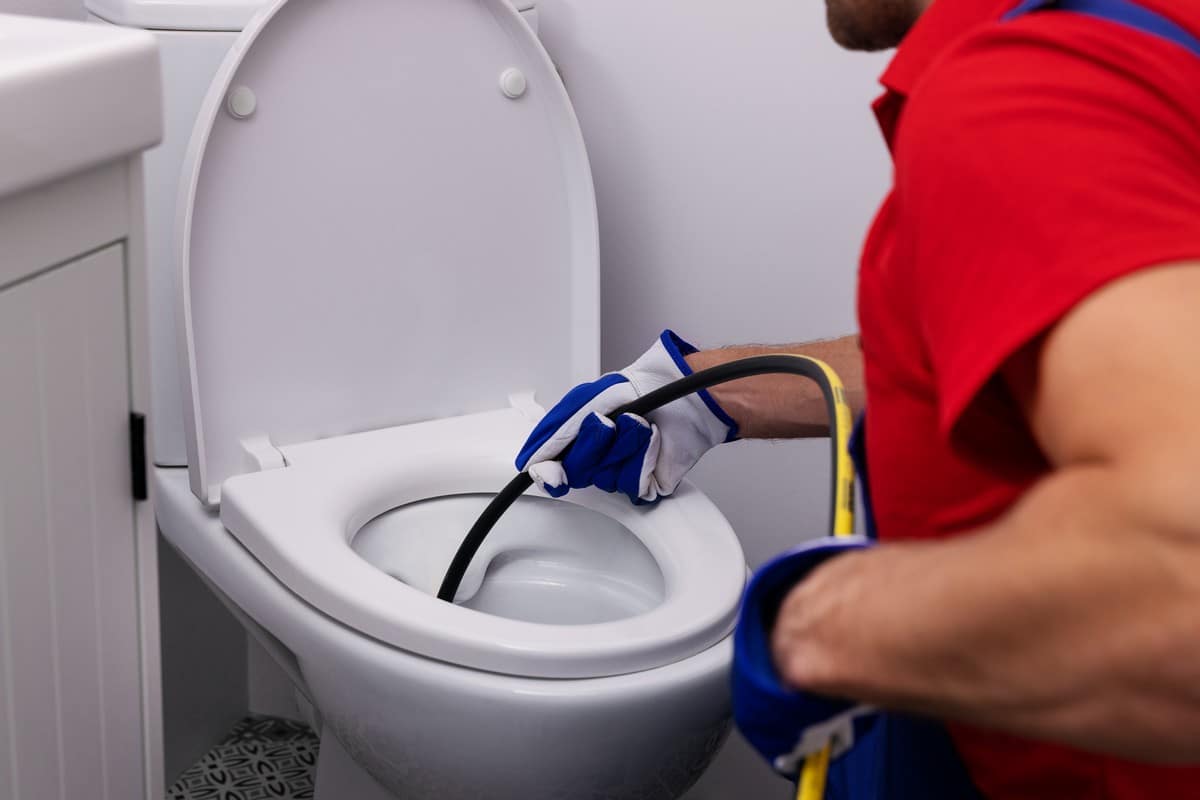
When managing a property, understanding the fundamentals of toilet blockages is crucial. A blocked toilet is more than just an inconvenience; it’s a plumbing issue where waste fails to drain away properly, potentially leading to unsanitary conditions and costly repairs. For property managers, recognising the early signs of a blockagesuch as slow draining, unusual noises, or water rising higher than normalcan prevent more serious issues.
Recognising the Impact on Property Operations
Toilet blockages can significantly disrupt the daily operations of a property. They can cause water damage, necessitate emergency repairs, and lead to increased maintenance costs. For businesses, such disruptions can also affect the reputation and customer experience.
Identifying Initial Signs of Blockage
Property managers should be vigilant for signs of a blocked toilet, including water that drains slowly, gurgling sounds from the plumbing, and water levels in the toilet bowl that are inconsistent. Addressing these signs promptly can avert more severe plumbing complications.
Equipping Property Managers with Knowledge
This guide is designed to provide you with the necessary knowledge to prevent and address toilet blockages effectively. By understanding common causes and implementing proactive measures, property owners, business owners, and facility managers can maintain efficient and hygienic restroom facilities, ultimately saving time and resources in property management.
The Role of Toilet Paper in Clogs

Understanding the impact of toilet paper on plumbing systems is essential for maintaining clear and functional toilets. Excessive use of toilet paper often leads to blockages as it accumulates and fails to dissolve properly, creating a mass that obstructs the flow of waste.
Types of Toilet Paper and Their Dissolvability
Toilet paper comes in various thicknesses and quality levels, with some types designed for luxury being more prone to causing clogs. These plush, multi-ply options do not break down as easily in water, increasing the risk of blockages. Conversely, single-ply or septic-safe toilet papers are engineered to dissolve more quickly, significantly reducing the likelihood of clogs.
Educating on Proper Toilet Paper Use
For property managers, educating tenants and employees on the correct use of toilet paper is a proactive step towards preventing plumbing issues. This can involve clear communication about the amount of toilet paper that should be used per flush and the benefits of opting for thinner, more dissolvable paper.
Benefits of Septic-Safe or Single-Ply Options
Encouraging the switch to septic-safe or single-ply toilet paper can lead to a decrease in blockage incidents. These products are designed to break down rapidly upon flushing, ensuring a smoother passage through the plumbing system and lessening the burden on waste management processes.
Non-Flushable Items: A Major Culprit
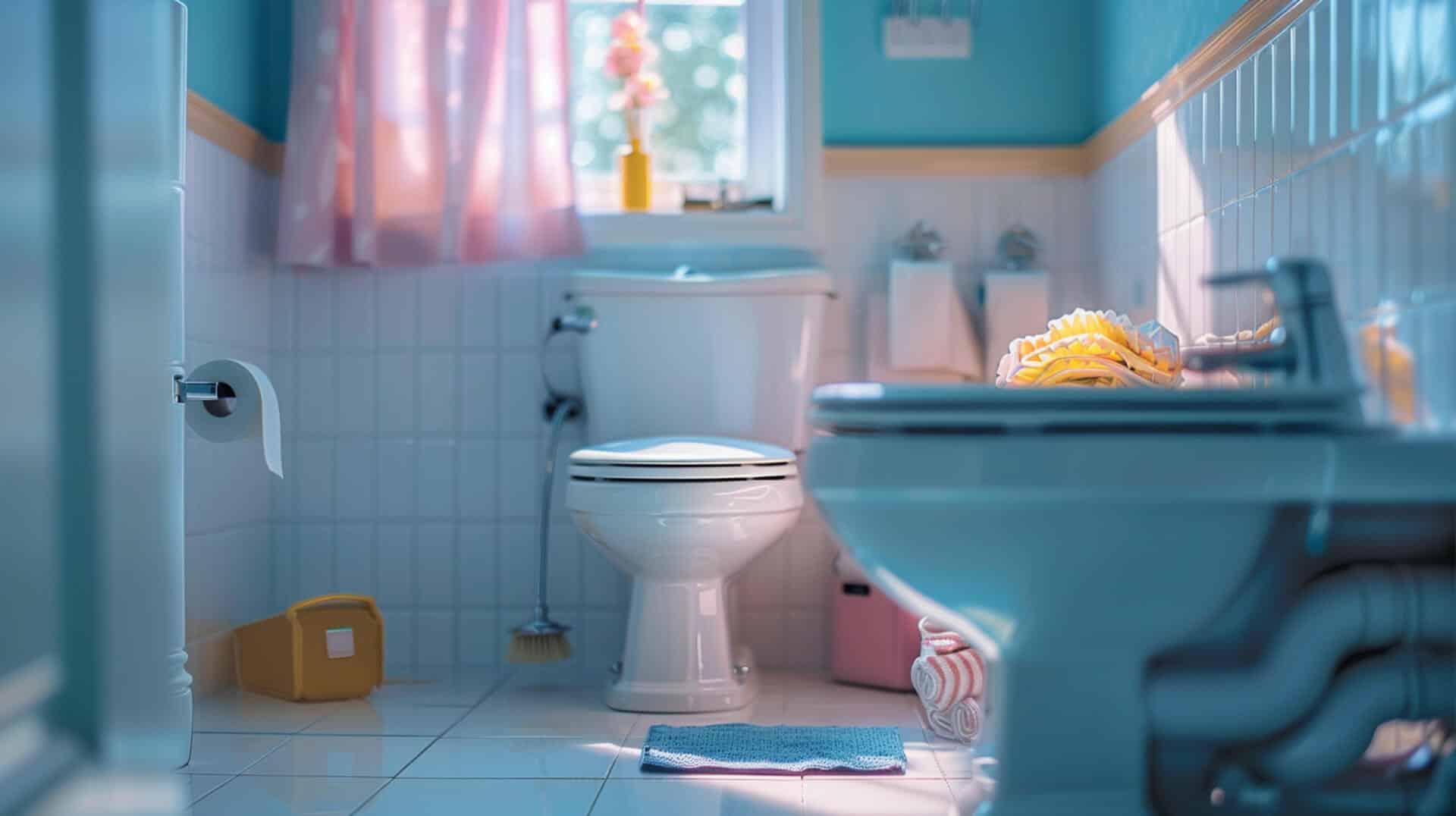
Toilets are frequently blocked by items that are not designed to be flushed. Understanding what these items are and the consequences of their disposal through the toilet is crucial for maintaining a functional plumbing system.
Commonly Flushed Non-Flushable Items
Many everyday products are mistakenly disposed of in toilets, leading to blockages. These include:
- Wipes: Despite often being labelled as flushable, most wipes do not disintegrate like toilet paper and can quickly cause blockages.
- Feminine Products: High absorbency makes these products expand and obstruct pipes.
- Cotton Balls and Swabs: These do not break down in water and can accumulate in bends of the pipes.
- Dental Floss: Its strength and tendency to entangle can create nets that trap other debris.
- Medication: While not a physical blockage risk, medications can contaminate water supplies.
Strategies to Prevent Improper Disposal
To reduce the risk of blockages, property managers can implement several strategies:
- Clear Signage: Display notices outlining what should not be flushed.
- Tenant Education: Provide information on the impact of flushing non-degradable items.
- Regular Maintenance: Schedule frequent checks to ensure early detection of potential blockages.
The Role of Public Education and Product Labelling
Public education campaigns and clearer product labelling can significantly decrease the incidence of blockages. By informing the public about the risks associated with flushing non-flushable items and advocating for manufacturers to label their products accurately, the likelihood of blockages can be reduced.
The Impact of Hard Water on Toilet Functionality

Hard water is characterised by high mineral content, primarily calcium and magnesium, which can lead to blockages in toilet systems. Over time, these minerals can accumulate and form deposits in the toilet’s internal mechanisms and pipes, reducing the efficiency of flushing and leading to clogs.
Recognising Hard Water in Toilet Systems
Property managers should be aware of the signs indicating hard water’s impact on their plumbing systems:
- Reduced Water Flow: A noticeable decrease in the toilet’s flush strength may suggest mineral buildup.
- Frequent Clogs: An increase in blockages can be a symptom of hard water deposits narrowing the pipes.
- White Residue: The presence of a chalky substance around faucets or in the toilet bowl is a common indicator of hard water.
Mitigating Hard Water Effects
To address the challenges posed by hard water, consider the following solutions:
- Water Softeners: Installing a water softener can significantly reduce mineral content in the water, protecting plumbing systems from scale buildup.
- Regular Maintenance: Periodic descaling of the toilet’s internal components can help maintain optimal functionality.
Maintenance Scheduling
To prevent blockages effectively, it is recommended that property managers:
- Assess Water Hardness: Regularly test water hardness levels to determine if intervention is necessary.
- Schedule Professional Inspections: Engage with plumbing professionals to evaluate the condition of pipes and fixtures and perform maintenance as needed.
Low-Flow Toilets: Efficiency vs. Blockage Risk
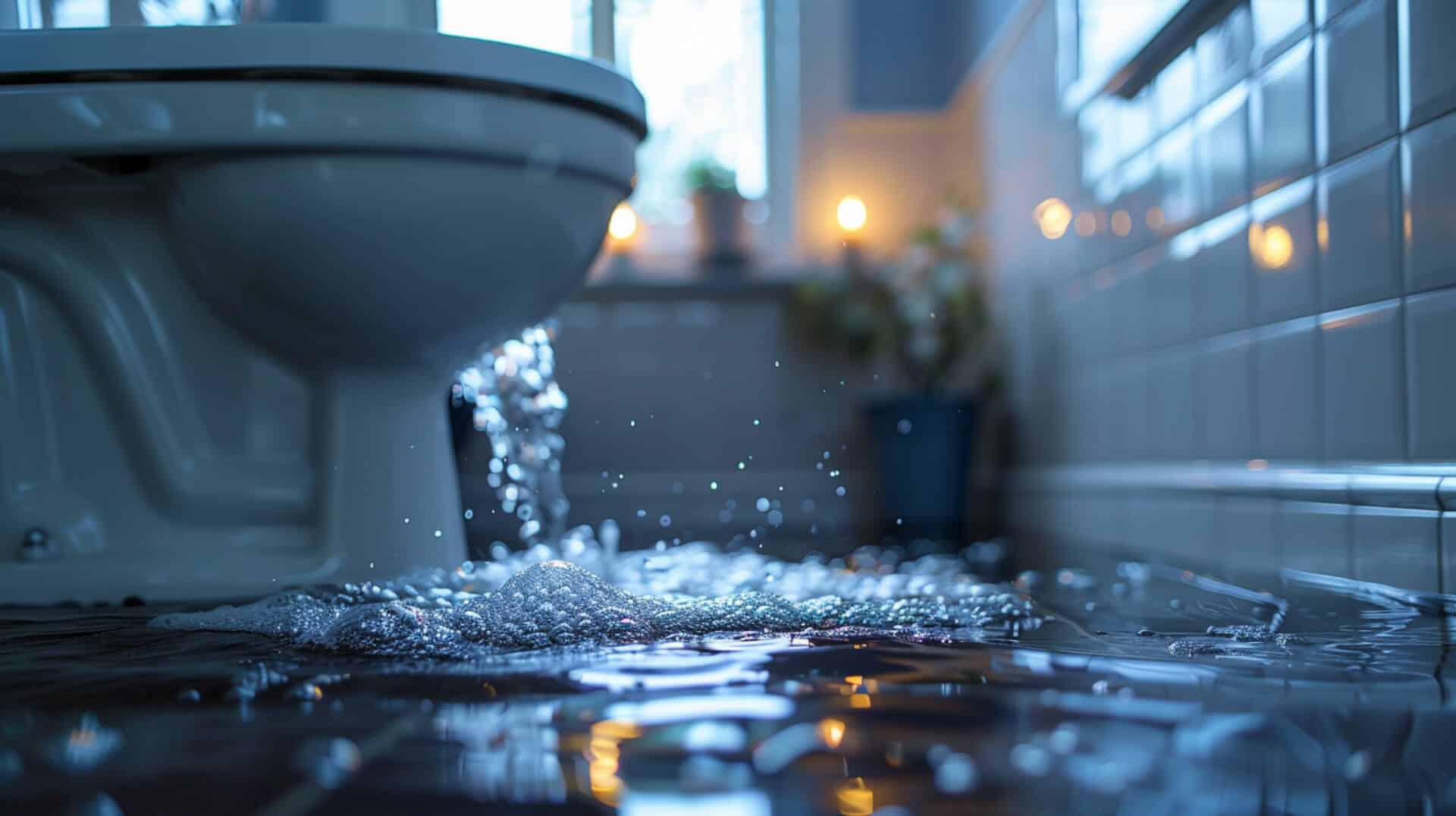
Contribution of Older Low-Flow Toilets to Blockages
Older low-flow toilets, designed to conserve water, often lack the necessary pressure to clear the drainpipe effectively. This inefficiency can lead to an increased risk of blockages as waste and toilet paper may not be fully expelled from the system.
Technological Advancements in Low-Flow Toilets
Modern low-flow toilets have been engineered to address these issues with improved designs and flushing technologies. Advancements include:
- Dual-Flush Mechanisms: Allowing the user to choose between different water volumes for liquid or solid waste.
- Pressure-Assisted Flushing: Utilising pressurised air to enhance flushing power without increasing water usage.
Considerations for Upgrading Low-Flow Toilets
Property owners should consider upgrading to newer low-flow models if they experience frequent clogs or if their current toilets are from the early generations of low-flow technology. The benefits of upgrading include:
- Reduced Maintenance: Newer models typically require less frequent repairs and can handle waste more effectively.
- Lower Water Bills: Efficient toilets contribute to water conservation, which can be reflected in utility costs.
Impact of Toilet Model Choice on Maintenance
The selection of a toilet model can significantly influence maintenance frequency and the likelihood of blockages. Property owners are advised to research and invest in models that balance water efficiency with powerful flushing capabilities to minimise the risk of clogs and maintenance issues.
Plumbing System Maintenance to Prevent Blockages
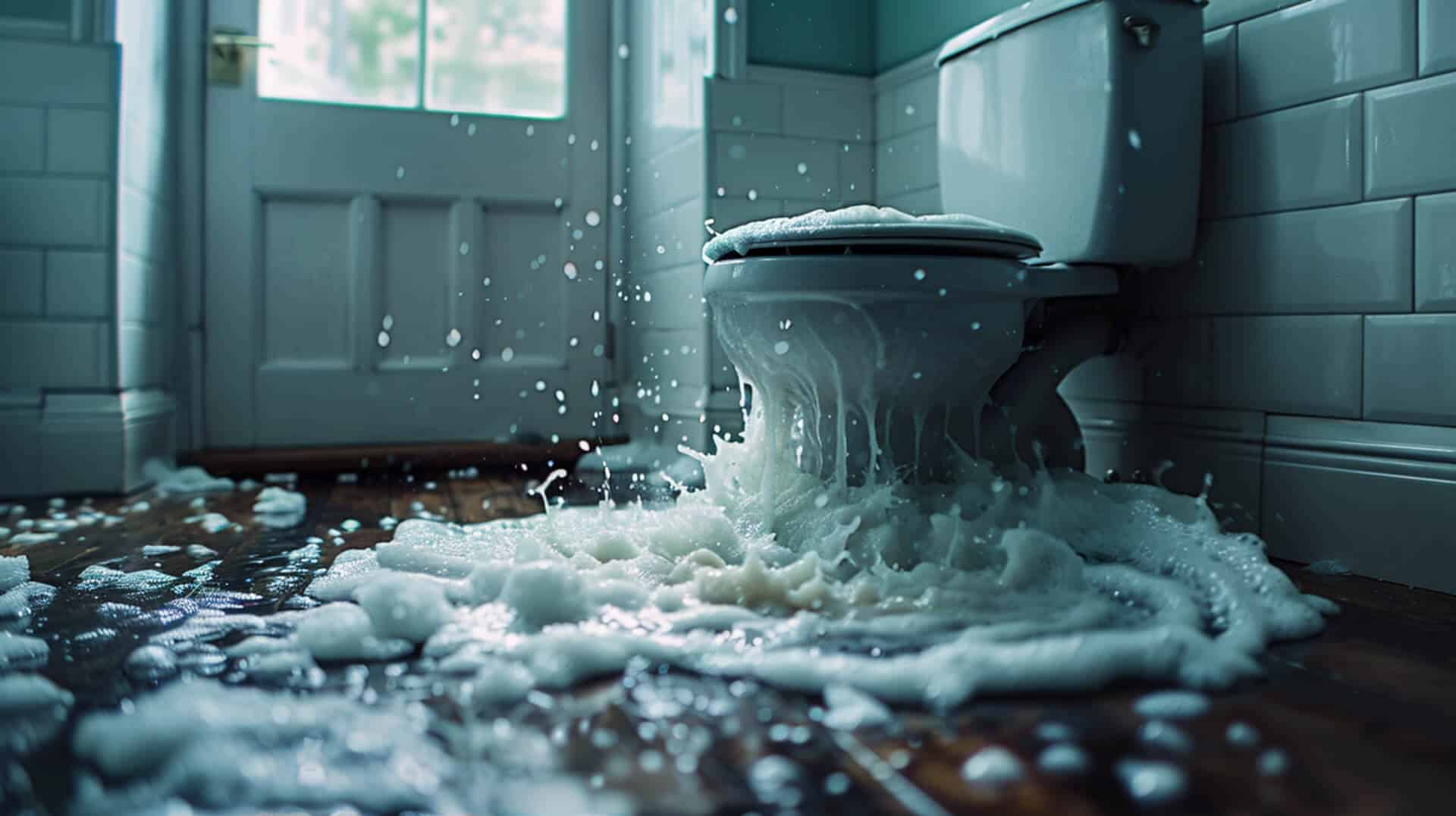
Regular maintenance is a cornerstone of effective plumbing system management. By adhering to a schedule that addresses common causes of blockages, property managers can ensure the longevity and reliability of their plumbing systems.
Essential Maintenance Tasks
To prevent toilet blockages, the following tasks should be performed regularly:
- Inspection of Pipes: Check for signs of wear, corrosion, or damage that could lead to leaks or blockages.
- Clearing of Vents: Ensure that ventilation pipes are free from obstructions to maintain proper airflow and prevent vacuum conditions that can hinder flushing.
- Descaling: Remove mineral deposits in pipes and toilets, especially in areas with hard water.
Creating a Maintenance Schedule
A maintenance schedule tailored to the property’s specific needs can include:
- Monthly Checks: For high-use toilets in commercial properties or shared facilities.
- Quarterly Reviews: Of the overall plumbing system’s performance, including water pressure and drainage efficiency.
Role of Drainpipes and Ventilation in Blockage Prevention
Drainpipes and ventilation pipes are integral to a toilet’s functionality. Properly maintained drainpipes allow for the unobstructed flow of waste, while clear ventilation pipes prevent airlocks that can cause water to drain slowly or not at all.
Professional Inspections for Blockage Risk Identification
Professional plumbers can offer valuable insights into potential risks within the plumbing system. They can identify issues such as tree root intrusion or improperly installed pipes that may not be apparent during routine checks. Regular professional inspections can preemptively address these risks, avoiding costly and disruptive blockages.
DIY Solutions vs. Professional Plumbing Services
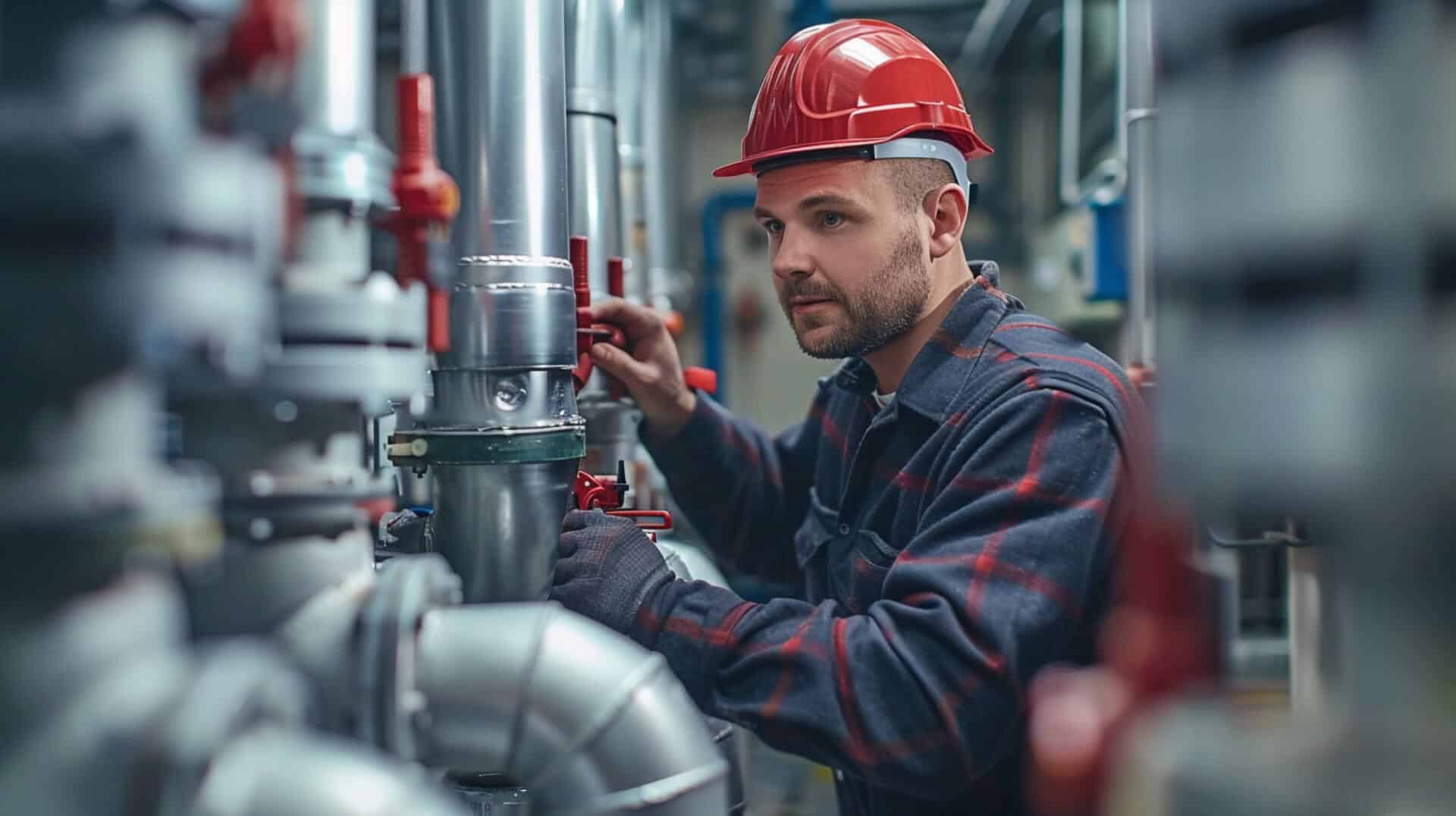
When faced with a clogged toilet, property managers may consider whether the blockage can be resolved with do-it-yourself methods or if professional services are required.
Addressing Minor Clogs Independently
For minor clogs, several DIY solutions can be effective:
- Plungers: A plunger can often dislodge blockages caused by toilet paper or organic waste.
- Natural Solutions: A mixture of baking soda and vinegar can sometimes clear soft blockages without the need for harsh chemicals.
Recognising the Need for Professional Intervention
There are situations where it is prudent to seek professional plumbing services:
- Persistent Blockages: If a clog resists initial DIY attempts, it may indicate a deeper issue within the plumbing system.
- Multiple Affected Fixtures: When more than one fixture is clogged, it suggests a problem beyond the toilet itself, possibly in the main sewer line.
Making the Decision: DIY or Professional Help
Property owners should consider the following when deciding on a course of action:
- Skill Level: Assess your familiarity with plumbing systems and comfort with performing the task.
- Risk of Damage: Incorrect use of tools like augers can damage pipes, leading to more extensive repairs.
Benefits of a Trusted Plumbing Service
Establishing a relationship with a reliable plumbing service offers several advantages:
- Expertise: Professionals bring experience and specialised tools to diagnose and resolve complex issues.
- Preventative Maintenance: Regular inspections by a plumber can identify and mitigate potential problems before they lead to blockages.
- Emergency Services: Many plumbing services offer 24/7 emergency assistance, providing peace of mind in the event of unexpected issues.
Environmental Considerations in Blockage Prevention
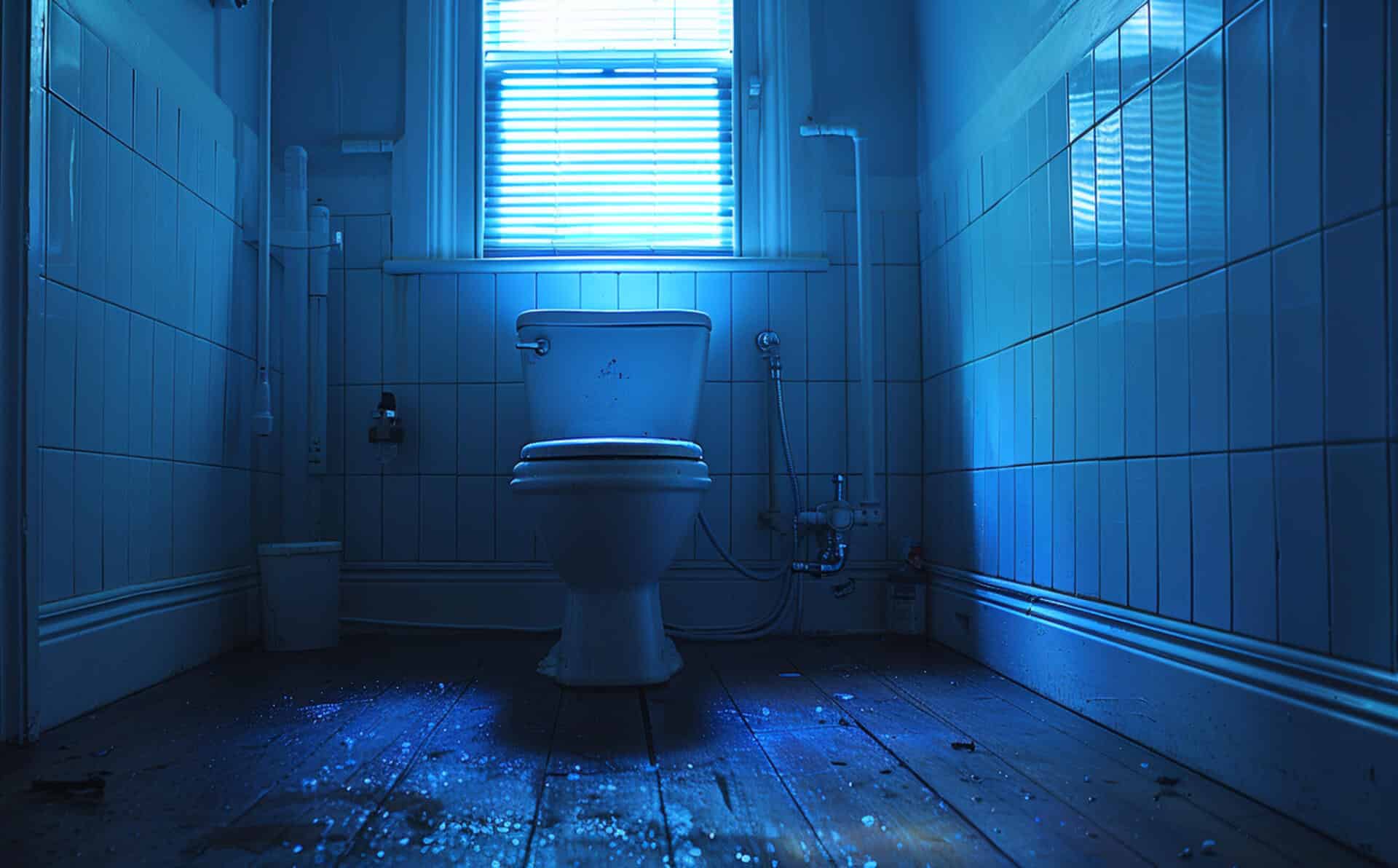
In the context of toilet blockages, environmental considerations play a significant role in both prevention and resolution. The use of natural cleaning agents and the adoption of eco-friendly practices are not only beneficial for the environment but also for the longevity and efficiency of plumbing systems.
Preference for Natural Cleaning Agents
Natural cleaning agents, such as baking soda and vinegar, are preferred for blockage prevention due to their minimal environmental impact compared to harsh chemicals. These substances break down organic matter without releasing toxic compounds into the water system.
Risks Posed by Untreated Blockages
Untreated blockages can lead to hygiene issues and environmental contamination. Overflowing toilets may expose individuals to harmful bacteria, while the use of chemical cleaners can contribute to water pollution.
Adopting Eco-Friendly Practices
To maintain toilet functionality and protect the environment, property managers can:
- Implement Regular Maintenance: Using eco-friendly products for routine cleaning prevents the buildup of debris that can cause blockages.
- Educate Tenants and Staff: Providing information on what can and cannot be flushed encourages responsible behaviour.
Integrating Green Solutions into Maintenance Plans
Property managers are encouraged to integrate green solutions into their maintenance plans by:
- Selecting Eco-Friendly Products: Choose cleaning agents that are biodegradable and non-toxic.
- Conserving Water: Instal water-saving devices to reduce the volume of water used per flush, thereby conserving resources and reducing the risk of blockages.
Educating Tenants and Employees on Proper Toilet Use
Effective management of toilet facilities in commercial and residential properties includes educating users on proper practices to prevent blockages. This section outlines strategies to enhance awareness and encourage responsible toilet use.
Provision of Educational Materials
To promote proper toilet use, property managers can provide educational materials that explain the consequences of flushing inappropriate items. These materials may include:
- Informative Posters: Visually engaging posters that list non-flushable items.
- Guidelines: Printed guidelines in restrooms detailing proper toilet use.
- Digital Content: Emails or digital signage that periodically remind users of best practices.
Signage and Reminders as Preventative Measures
Strategically placed signage serves as a constant reminder to users about what should not be flushed. This can significantly reduce the incidence of blockages by:
- Reinforcing Good Habits: Regular exposure to reminders encourages adherence to best practices.
- Prompting Immediate Action: Signs can prompt users to dispose of waste correctly at the point of use.
Staff Training and Its Impact
Staff training sessions can be instrumental in maintaining toilet functionality. These sessions should cover:
- Proper Disposal Methods: Training on how to dispose of waste and cleaning materials correctly.
- Emergency Procedures: Instructions on what to do in the event of a blockage.
Establishing Feedback Loops
Feedback loops allow property managers to gather insights on the effectiveness of educational efforts and identify areas for improvement. This can be achieved through:
- Surveys: Regular surveys to assess user knowledge and behaviour.
- Suggestion Boxes: Facilities for users to provide anonymous feedback on restroom conditions.
Financial Implications of Toilet Blockages for Property Management
Toilet blockages can have a significant financial impact on property management, encompassing both direct and indirect costs. Understanding these costs is crucial for effective budgeting and long-term property maintenance.
Direct and Indirect Costs of Blockages
The costs associated with toilet blockages extend beyond the immediate expense of repairs:
- Direct Costs: These include plumber fees, emergency service charges, and the cost of replacement parts or fixtures.
- Indirect Costs: Blockages can lead to water damage, which may necessitate extensive repairs and result in lost revenue if tenants must vacate the premises.
Preventive Measures and Long-Term Savings
Investing in preventive measures can lead to substantial long-term savings:
- Regular Maintenance: Scheduling routine inspections and maintenance can prevent costly emergencies.
- Educational Programmes: Informing tenants and staff about proper toilet use reduces the likelihood of blockages.
Budgeting for Plumbing Maintenance and Emergencies
Property managers should consider the following when budgeting for plumbing:
- Maintenance Fund: Allocate funds for regular check-ups and minor repairs to avoid larger expenses.
- Emergency Reserve: Set aside a contingency fund for unforeseen plumbing emergencies.
Assessing ROI on Plumbing Upgrades
To evaluate the return on investment (ROI) for upgraded toilet and plumbing systems, property managers can analyse:
- Reduction in Repair Costs: Track the decrease in plumbing issues following upgrades.
- Water Usage Savings: Consider the potential savings from installing water-efficient fixtures.
- Tenant Satisfaction: Factor in the value of tenant retention and satisfaction due to improved facilities.
Components of a Blockage Prevention Plan
A comprehensive blockage prevention plan is a critical component of property maintenance. It should include strategies tailored to the specific needs of the property and its plumbing infrastructure.
Tailoring Prevention Plans
Property managers can customise their blockage prevention plans by considering the following factors:
- Property Age and Plumbing History: Older properties may require more frequent maintenance.
- Usage Patterns: High-traffic restrooms will need more robust prevention measures.
- Local Water Quality: Areas with hard water may benefit from water softeners to prevent mineral buildup.
Monitoring and Evaluation Methods
To ensure the effectiveness of a blockage prevention plan, implement monitoring and evaluation methods such as:
- Regular Inspections: Schedule periodic checks of toilets and plumbing systems.
- Performance Metrics: Track the frequency and severity of blockages as indicators of plan effectiveness.
Integrating Continuous Improvement
Continuous improvement practices can be integrated into blockage prevention efforts through:
- Feedback Mechanisms: Encourage reporting of issues by users to address them promptly.
- Review and Adjust: Regularly review the prevention plan and adjust based on performance data and user feedback.
By incorporating these elements, property managers can develop a dynamic blockage prevention plan that adapts to changing needs and continues to protect the property from the inconvenience and costs associated with toilet blockages.
Navigating the Challenges of Toilet Blockages
Toilet blockages are a common issue that can cause significant inconvenience and expense for property owners, business owners, and facility managers. Understanding the causes and implementing preventative measures are key to managing this persistent problem effectively.
Key Takeaways for Managing Toilet Blockages
For those responsible for property maintenance, the following points are crucial:
- Identify Common Causes: Recognise that items like excessive toilet paper, non-flushable products, and hard water contribute to most blockages.
- Educate Users: Inform tenants and employees about what can and cannot be flushed to prevent clogs.
- Regular Maintenance: Implement a routine maintenance schedule to catch and address issues early.
Proactive Maintenance and Education
Adopting a proactive approach to maintenance and education can significantly reduce the incidence of blockages:
- Scheduled Inspections: Regularly inspect toilets and plumbing to prevent blockages before they occur.
- Clear Communication: Provide clear guidelines on proper toilet use and the disposal of waste.
Resources for Blockage Prevention
Property managers seeking further information on blockage prevention have various resources at their disposal:
- Professional Associations: Plumbing and property management associations often provide guidelines and best practices.
- Online Forums: Online communities for facility managers can be a source of advice and shared experiences.
Sharing Best Practices
The community of property managers can share best practices and solutions by:
- Networking Events: Attend industry events to learn from peers and experts.
- Collaborative Platforms: Utilise online platforms to exchange tips and successful strategies for blockage prevention.
